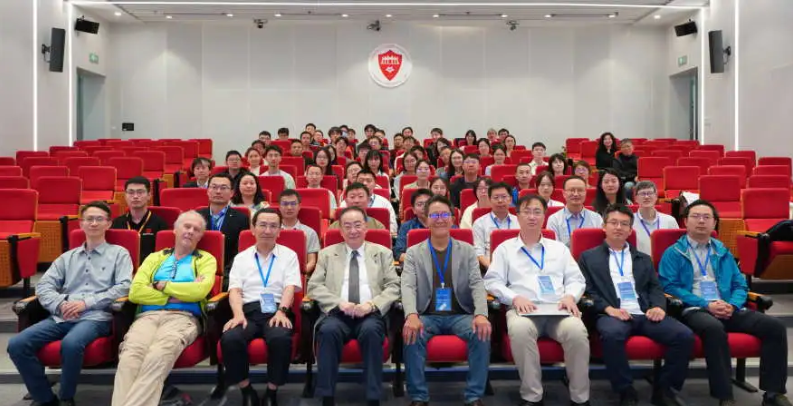
Group photo of the participants
From 9 to 11 May 2025, theFirst China–Japan Symposium on Solid-State Nuclear Magnetic Resonance (SS-NMR)Spectroscopy, hosted by the School of Emergent Soft Matter, South ChinaUniversity of Technology (SCUT), was successfully held on the university’sGuangzhou International Campus. Centering on the principles, methodologies, andapplications of solid-state NMR, the meeting attracted more than 100 facultymembers and students from universities and research institutes in China, Japan,France, and elsewhere. Academician Zhengdi Cheng of the U.S. National Academyof Engineering served as Honorary Chair, while Professor Rongchun Zhang (SCUT)and Dr Yusuke Nishiyama, Chief Scientist for Solid-State NMR at JEOL Ltd.,acted as Executive Chairs.
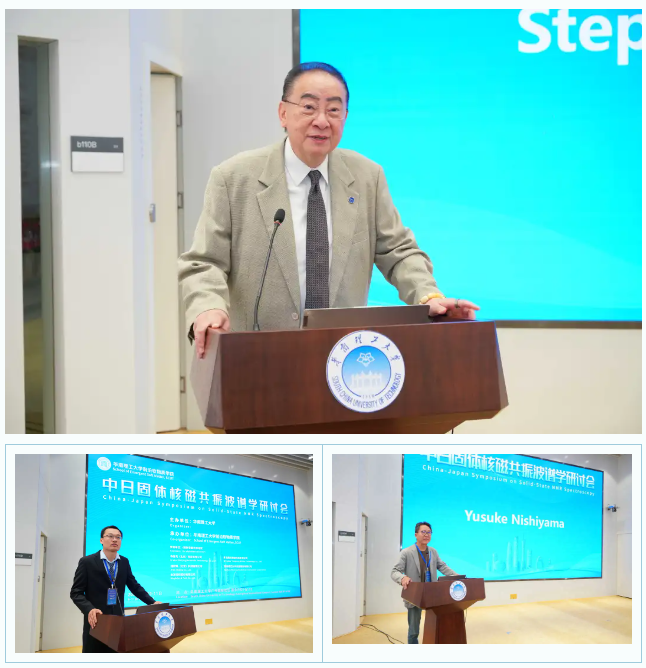
Opening remarks and session chairing
In his opening address,Academician Cheng traced SCUT’s historical development and itsmultidisciplinary tradition rooted in science and engineering. Drawing on hisown experience in solid-state physics, he underscored the pivotal role ofsolid-state NMR in modern scientific progress and praised the symposium forfostering cross-disciplinary dialogue among physicists, chemists, biologists,and medical scientists. Cheng described SS-NMR as both an “X-ray vision” forelucidating microscopic structure and a “bridge” for interdisciplinaryintegration, encouraging young researchers to seize opportunities, innovateboldly, and contribute to scientific breakthroughs. He called on allparticipants to focus on the essence of science and to push the frontiers ofthe discipline together.
Over two intensive days, thesymposium featured 24 invited talks, 23 poster presentations, and multiple opendiscussions. Topics covered included:
new applications of ultrafastmagic-angle-spinning SS-NMR in biomacromolecules, intrinsically disorderedproteins, and polymer structure/dynamics;
the use of in-situ SS-NMRreactors combined with recoupling techniques to elucidate catalytic mechanisms;
advances in ultra-high-fieldand quadrupolar-nucleus SS-NMR for investigating quantum dots and zeolites;
methodological breakthroughsthat boost polarization transfer, recoupling efficiency, andproton-polarization utilization through innovative pulse-sequence design.
Posters ranged from NMRmethodological innovation and probe-hardware development to interdisciplinaryapplications. Young scientists engaged vigorously with experts, demonstratingsolid experimental skills and creative thinking, while senior researchers offeredconstructive feedback on experimental design and data presentation.
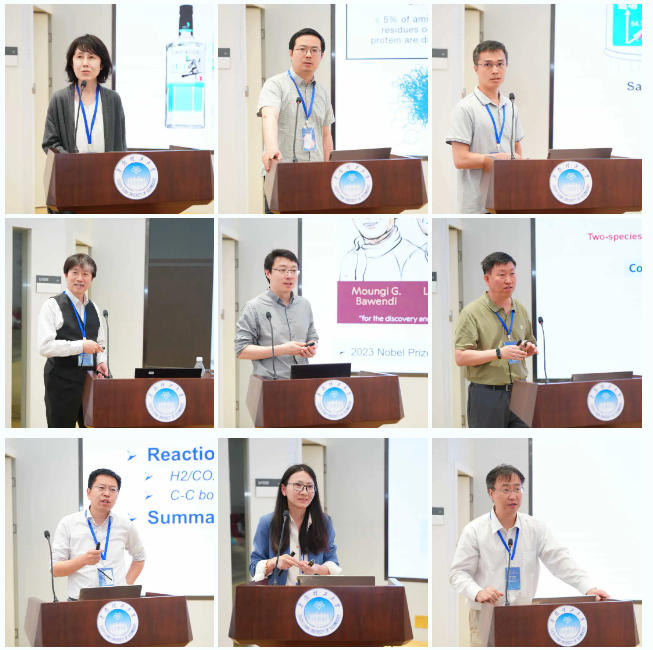

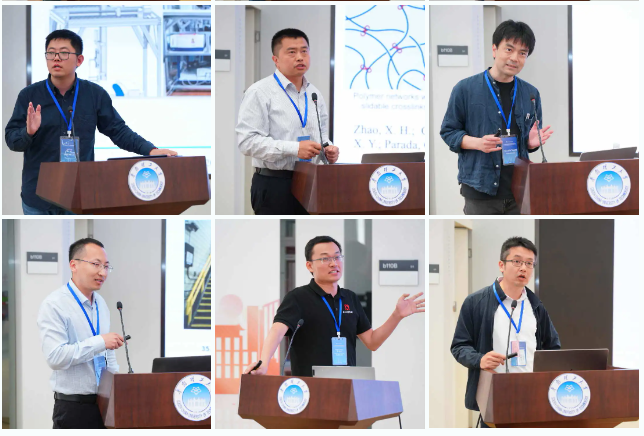
Invited speakers
The symposium receivedgenerous sponsorship from Bruker Beijing Scientific Technology Co, JEOL(BEIJING) CO., LTD., Qingdao Tenglong Microwave Technology Co., Ltd., NiumagAnalytical Instruments (Suzhou) Co., Ltd., Kingfa Sci. & Tech. Co., Ltd.,and other industrial partners. Through dense, high-level academic exchanges,the event effectively promoted experience-sharing and collaboration insolid-state NMR technology between China and the international community.
Both Executive Chairs gavethe symposium high praise. Professor Zhang noted that his interactions abroadhad shown the value of small, focused workshops for the SS-NMR community andfor the growth of young researchers; he hoped this efficient platform wouldmake a modest contribution to global SS-NMR development. Dr Nishiyama remarkedthat China and Japan each have distinctive strengths in SS-NMR research; themeeting was designed to deepen practical cooperation between the two sides, andhe was confident that every attendee would leave richly rewarded.
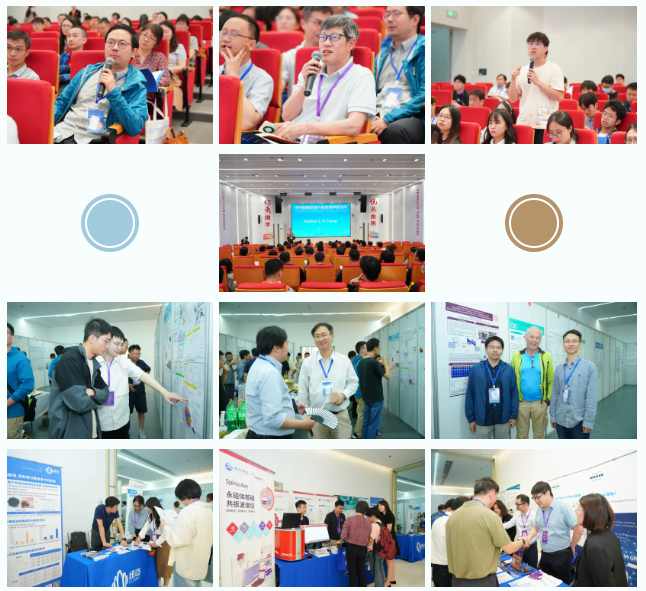
Interactions and poster session
As a key platform supporting SCUT’s “Double First-Class” initiative, the School ofEmergent Soft Matter has achieved multiple internationally recognizedresults in recent years. The successful convening of this symposium once againhighlights the School’s leading role in interdisciplinary integration andinternational collaboration, injecting fresh momentum into sustained exchangeand joint development within the global solid-state NMR community.
